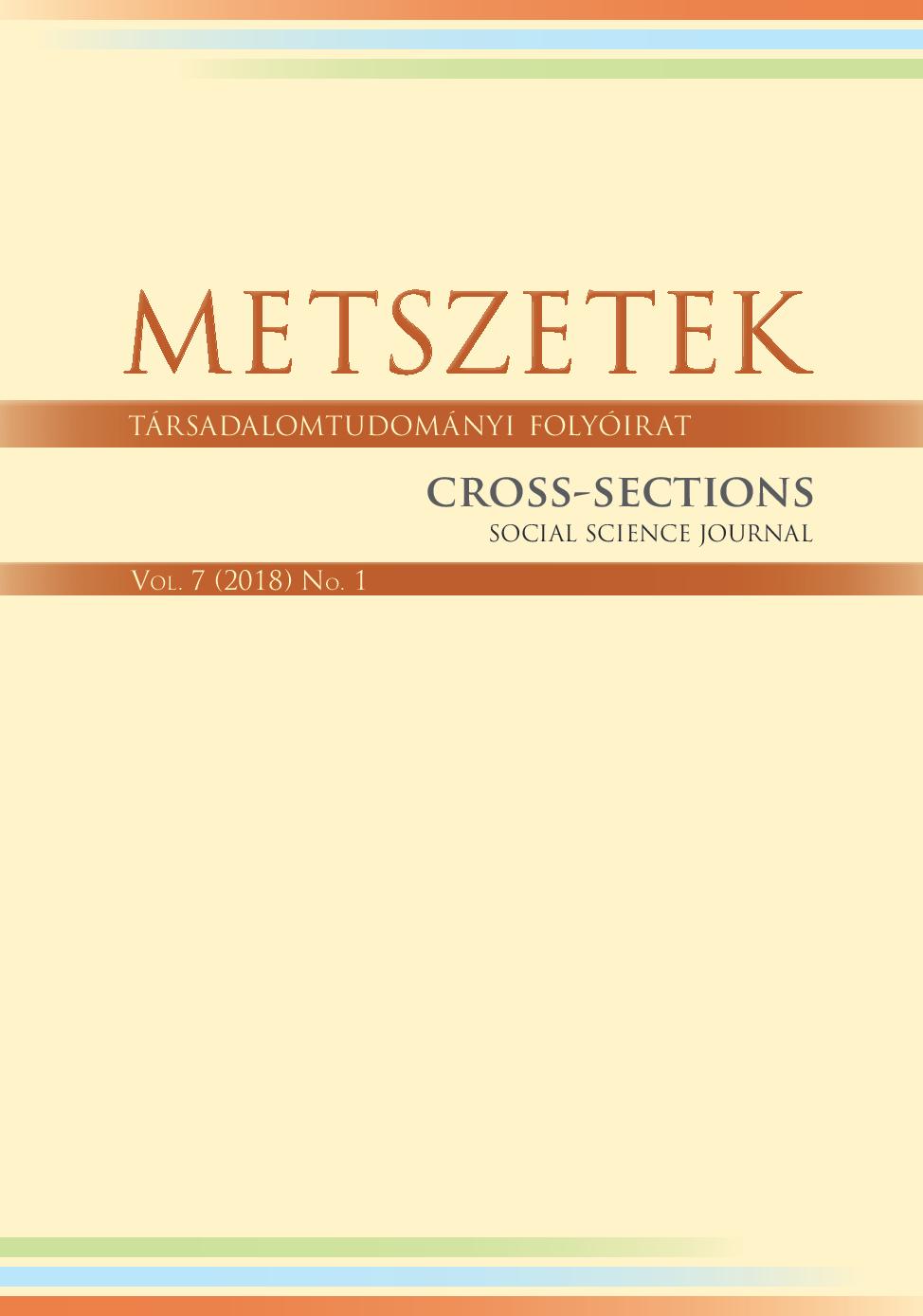A szimbolikus tér átalakulása az Euromajdan után:
Kijev és Kárpátalja összehasonlítása
Reconfiguration in Post Euromaidan symbolic landscape: comparison of Kyiv and Transcarpathia
Author(s): Ágnes Erőss, Katalin KoválySubject(s): Social Sciences
Published by: Debreceni Egyetem Politikatudományi és Szociológiai Intézet
Keywords: Decommunization; Transcarpathia; Kyiv; symbolic landscape; street name; public space
Summary/Abstract: The relation between power and public space has been one of the main interest of geographical research in the last decades (Massey 1994, Mitchell 2003). Researches have illustrated that following a regime change, the symbolic space of the city – compiled of street names, statues and monuments – usually gets reconfigured. Following the Euromaidan, in 2015, the laws ondecommunization were accepted in Ukraine, which disposed more comprehensibly than ever before the banishment of Communist symbols from the public space. The decommunization besides toponymy, entangled other elements of public space resulting in major shifts the urban landscape as well. Main interest of present paper is to study the major shifts in symbolic landscape in the capital, Kyiv and compare it to the processes that have taken place in the westernmost periphery of the country, Transcarpathia. Based on the examples of Uzhhorod, Berehove raion and Berehove, our further aim is to shed light on the role of locality and how local memory is represented in publicspace.
Journal: Metszetek - Társadalomtudományi folyóirat
- Issue Year: 7/2018
- Issue No: 1
- Page Range: 142-164
- Page Count: 23
- Language: Hungarian

